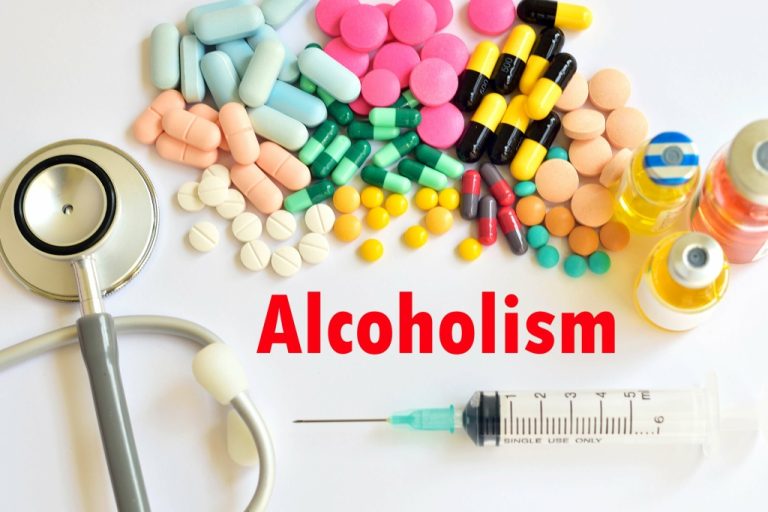ETOH abuse and heavy drinking can have serious health consequences, making it important to stop drinking to prevent further harm. ETOH stands for “ethyl alcohol,” the same chemical found in everyday alcoholic beverages. EtOH is the chemical abbreviation for ethyl alcohol, the active ingredient found in alcoholic beverages. Derived from the formula C2H5OH, EtOH is the type of alcohol humans consume. In medical and clinical settings, EtOH is often used to describe alcohol intoxication, alcohol abuse, or other alcohol-related conditions.
Brain Shrinkage and Memory Loss
- For those struggling with addiction, the challenges can feel insurmountable, but understanding the problem is the first step toward hope and healing.
- We’re here to help you take back your life and begin the journey to recovery.
- She has worked in inpatient settings as well as provided community nursing as a Nurse Practitioner.
Let us guide you toward a healthier, alcohol-free life with the support and care you deserve. Being aware of these short-term effects is crucial, as they can significantly impact an individual’s ability to function safely and make responsible decisions. Recognizing these signs can help in taking timely action to prevent further harm.

Ethanol’s Impact on the Human Body
But as you continue to drink, you become drowsy and have less control over your actions. We offer medical supervision, evidence-based therapies, and relapse prevention. When you attend our program, you’ll receive every service necessary ETOH abuse to make a full recovery. Attending support groups makes it easier for you to stay sober, as you’ll have peer support from people who understand what you are going through.
- ALD is a significant cause of morbidity and mortality, and nurses must be vigilant in monitoring patients with a history of chronic alcohol use for signs of liver dysfunction.
- Mental health issues, such as depression and anxiety, are contributing factors that exacerbate these problems.
Short & Long-Term Effects of ETOH Abuse
To avoid alcohol abuse it’s important to practice healthy coping mechanisms like exercise, mindfulness and socializing with friends and family. And being aware of the risks of too much drinking like increased risk of accidents, injuries and health problems can help you make informed decisions about your drinking. Elevated BAC readings can lead to significant health threats, such as a heightened risk for experiencing an overdose from alcohol and other grave medical complications. Excessive alcohol intake significantly increases the risk of various health issues, particularly emphasizing its long-term effects on the liver, heart, brain, and the potential development of certain cancers. By keeping track of BAC values, it becomes possible to sidestep perilously high degrees of drunkenness that could result in cases like alcohol poisoning. Alcohol Use Disorder (AUD) is a medical condition in which an individual struggles with controlling or ceasing alcohol use, despite the detrimental impacts it may have.
National Health Programmes in India PDF

Avenues Recovery is a community-based drug and alcohol rehabilitation center with locations across the United States. If you think someone you love has EtOH addiction, communicate kindly and openly. In this article, Avenues Recovery, premier addiction rehabilitation specialists, break down the complexities of EtOH addiction, explore its impact, and discuss pathways to recovery.

It’s important to remember that everyone’s path to recovery is different, and there is no “right” way to recover. What matters is finding a path that works for the individual and offers them the best chance at a healthier, happier life free from the grip of ethanol addiction. In many cases, the first step in treatment will be detoxification – a process that Halfway house involves removing all ethanol from the body.





